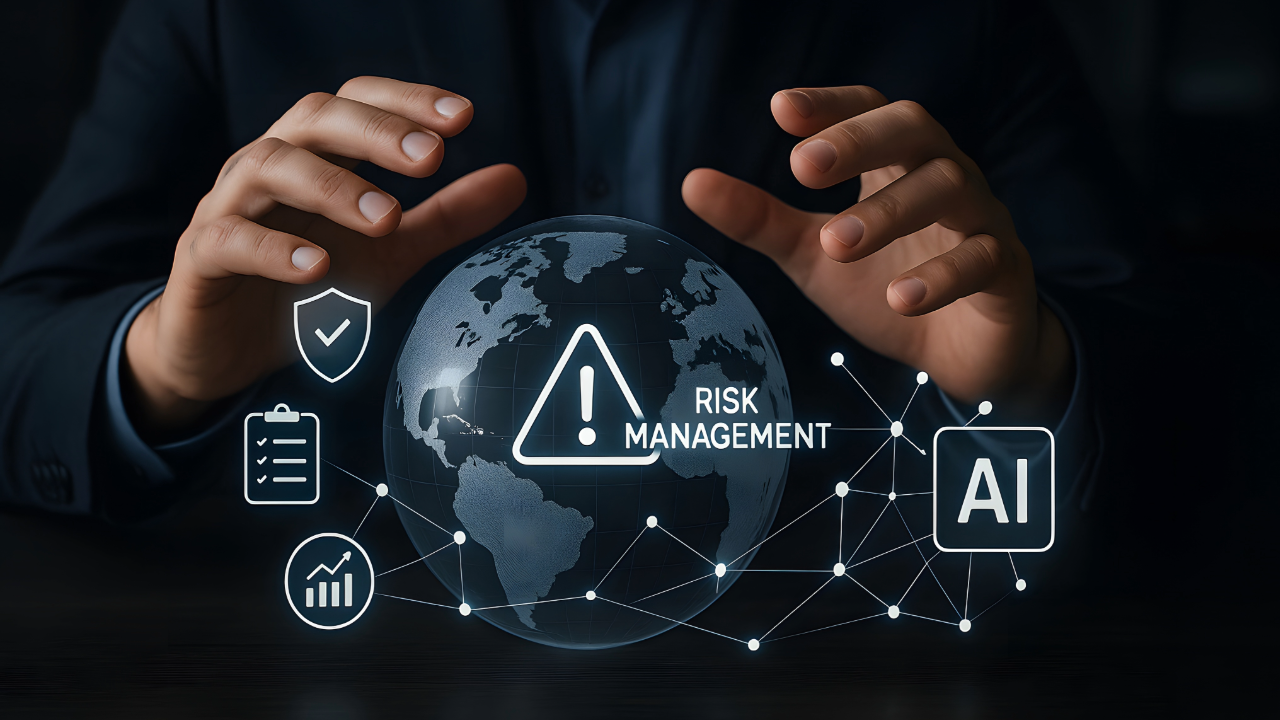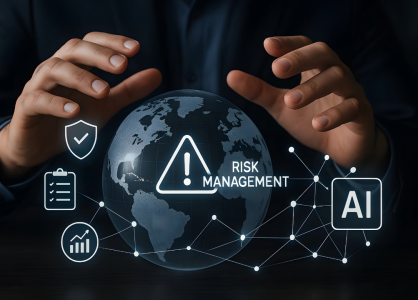Artificial Intelligence isn’t just revolutionizing industries like finance and healthcare — it’s transforming corporate governance from the inside out. 🧠📊
Boards, compliance teams, and governance professionals are now expected to navigate increasingly complex oversight environments, where regulations evolve faster than manual processes can keep up. From analyzing risk exposure to maintaining consistent documentation, the demand for speed, precision, and transparency has never been greater.
According to Diligent’s Corporate Governance Trends in 2025, AI-powered governance platforms are rapidly becoming the new standard. These tools are helping organizations move beyond reactive reporting toward proactive, data-driven decision-making. AI is now central to how leading boards operate — not just for efficiency, but for accountability.
Meanwhile, as noted in the Harvard Law School Forum on Corporate Governance, proxy advisor Glass Lewis has updated its guidelines to emphasize that boards must understand AI-related risks. This includes how artificial intelligence affects data privacy, ethics, workforce governance, and decision transparency. In short: the future of governance is not just about managing AI — it’s about using it wisely.
🤖 How AI Is Transforming Governance
AI is no longer a futuristic concept in boardrooms — it’s an essential governance tool. Here’s how it’s reshaping oversight in 2025:
1️⃣ Automated Document Analysis & Risk Spotting
AI scans governance documents — charters, policies, reports — to detect missing clauses, conflicting statements, or compliance issues before they reach stakeholders. This not only reduces legal exposure but strengthens organizational integrity.
2️⃣ Predictive Alerts for Governance Risks
AI systems identify patterns that humans may miss, such as inconsistencies between policies or outdated language that no longer aligns with current regulations. Predictive algorithms help boards see risks before they materialize.
3️⃣ AI-Assisted Drafting & Versioning
When drafting governance documents, AI tools now suggest phrasing, structure, and formatting based on industry best practices. They also version documents automatically — a lifesaver for governance teams managing multiple committee charters and updates.
4️⃣ Benchmarking & Peer Comparison
AI makes it possible to compare your governance framework against peers in your industry. Boards can identify where they lead, where they lag, and what improvements will bring them closer to top-tier governance standards.
These AI capabilities don’t replace human judgment — they enhance it.
💡 How Governancepedia Is Leading the AI Governance Revolution
At Governancepedia, we’re redefining how professionals approach governance oversight. Our mission is to make governance more intelligent, efficient, and accessible through the power of AI.
Here’s how we’re achieving that:
🔹 AI-Assisted Template Suggestions
When you start drafting a charter, policy, or report, Governancepedia’s AI engine analyzes your organization type and jurisdiction, then suggests the most relevant and compliant templates. This ensures your governance documentation is aligned with global standards from the start.
🔹 Smart Review & Discrepancy Detection
Upload your governance document — and our AI instantly runs a smart scan to flag inconsistencies, missing disclosures, or outdated references. It even suggests improvements based on governance best practices.
🔹 AI-Powered Metadata Extraction
Governancepedia automatically extracts and organizes metadata (like version numbers, authorship, approval status, and effective dates) to make your documentation fully traceable and audit-ready.
🔹 Dynamic Analytics Dashboards
Our AI-driven dashboards turn governance data into insights — highlighting key metrics, policy gaps, and benchmarking comparisons across peers and industries.
🧭 A Quick Walkthrough: AI in Action
Imagine you’re a governance officer uploading a new Board Charter:
- You upload the document to Governancepedia.
- The AI immediately scans it, detecting clauses that diverge from current best practices or recent regulatory guidance.
- You receive actionable recommendations — “Add ESG oversight language” or “Update board independence ratio per 2025 guideline.”
- Once revised, the system automatically versions, timestamps, and stores the final document for future audits.
The result? A compliant, consistent, and intelligently optimized governance document — completed in a fraction of the time.
🌍 Why 2025 Is the Year to Embrace AI Governance
The governance landscape is evolving too quickly for manual oversight to remain viable. As AI continues to shape regulatory frameworks, boards that embrace intelligent governance tools will outperform those that don’t.
With regulators and investors demanding greater transparency, organizations can’t afford to be left behind. AI doesn’t just make governance more efficient — it makes it stronger.
That’s why Governancepedia is ready for this new chapter.
We combine advanced AI features with an extensive governance knowledge base to help professionals create, review, and benchmark their documents with confidence.
📣 Be an early adopter of AI in governance — Governancepedia gives you the tools today that many boards will expect tomorrow.
👉 www.governancepedia.com
#Governancepedia #AIGovernance #CorporateGovernance #GovernanceTechnology #ComplianceTools #BoardOversight #AIinBoards #SmartGovernance #DigitalTransformation #GovernanceTrends2025 #RiskManagement #DocAutomation #GovernanceInnovation #FutureOfGovernance #EthicalAI #GovernanceTools

